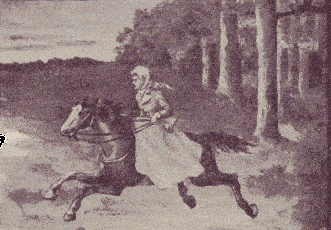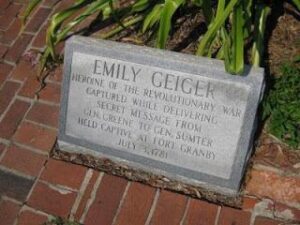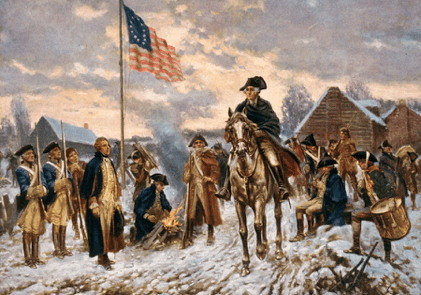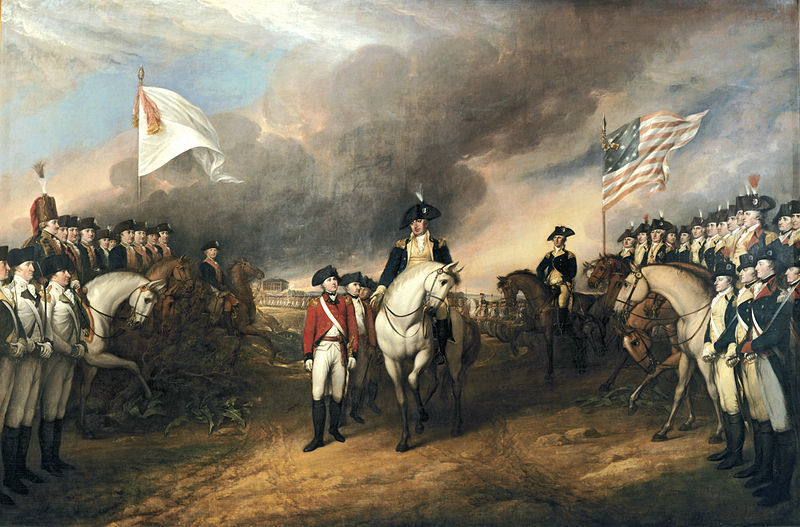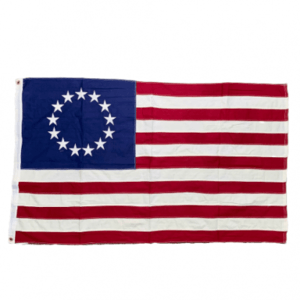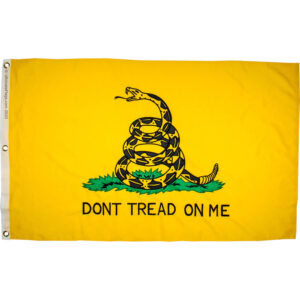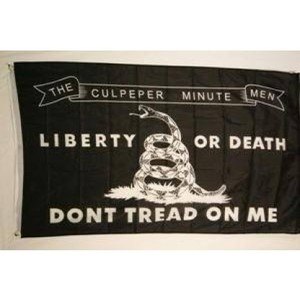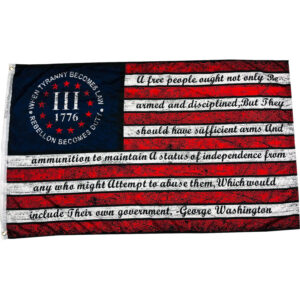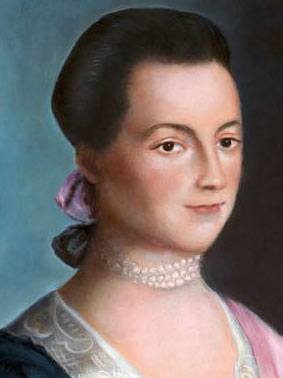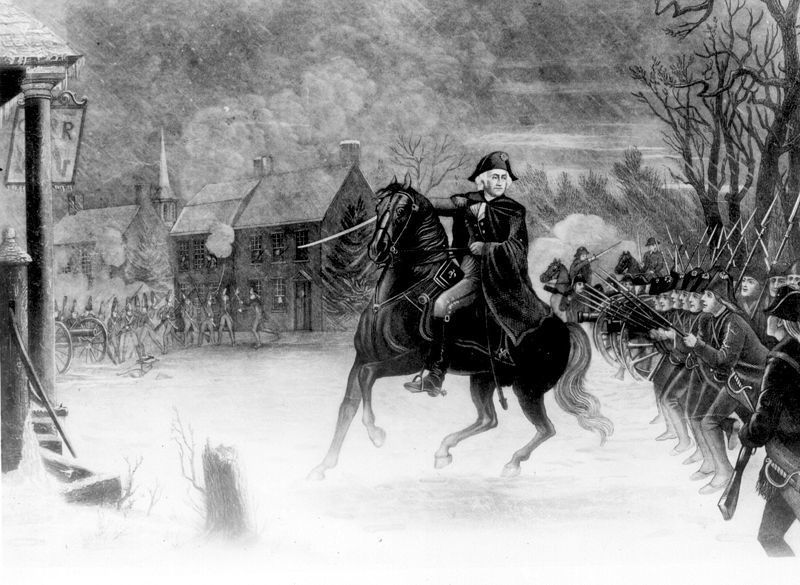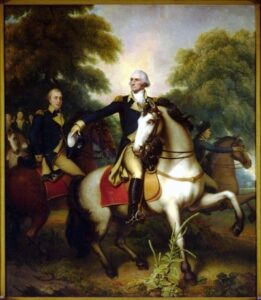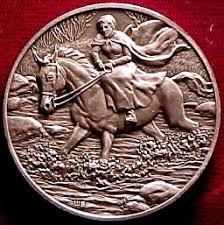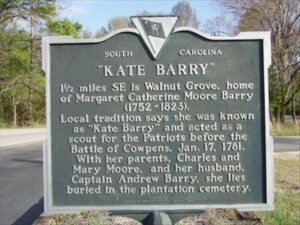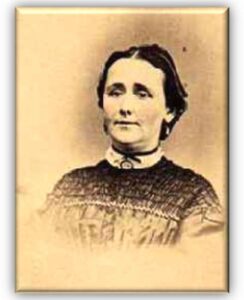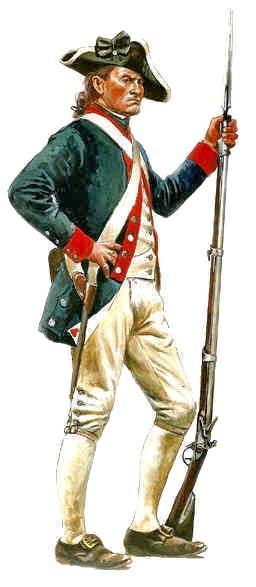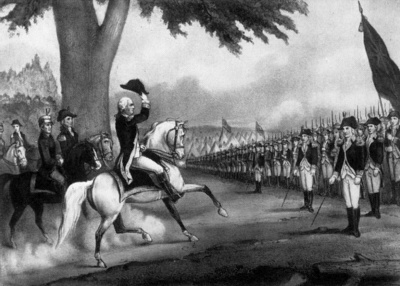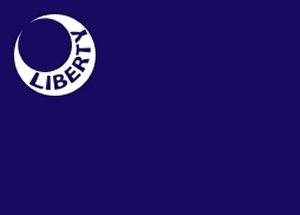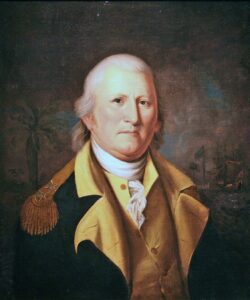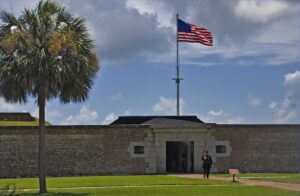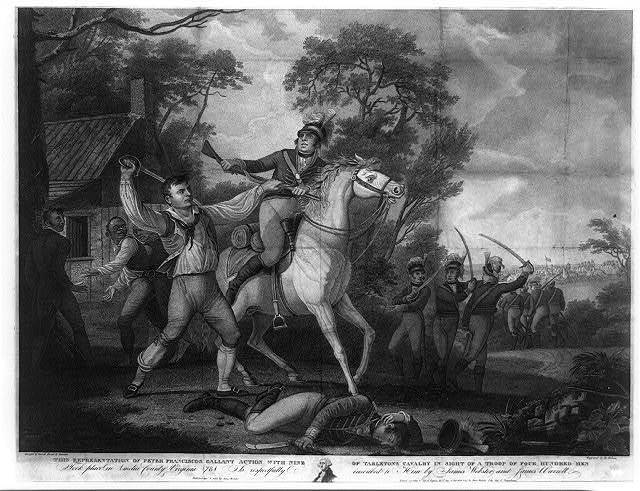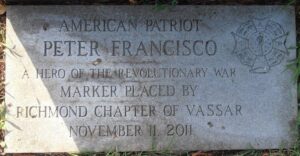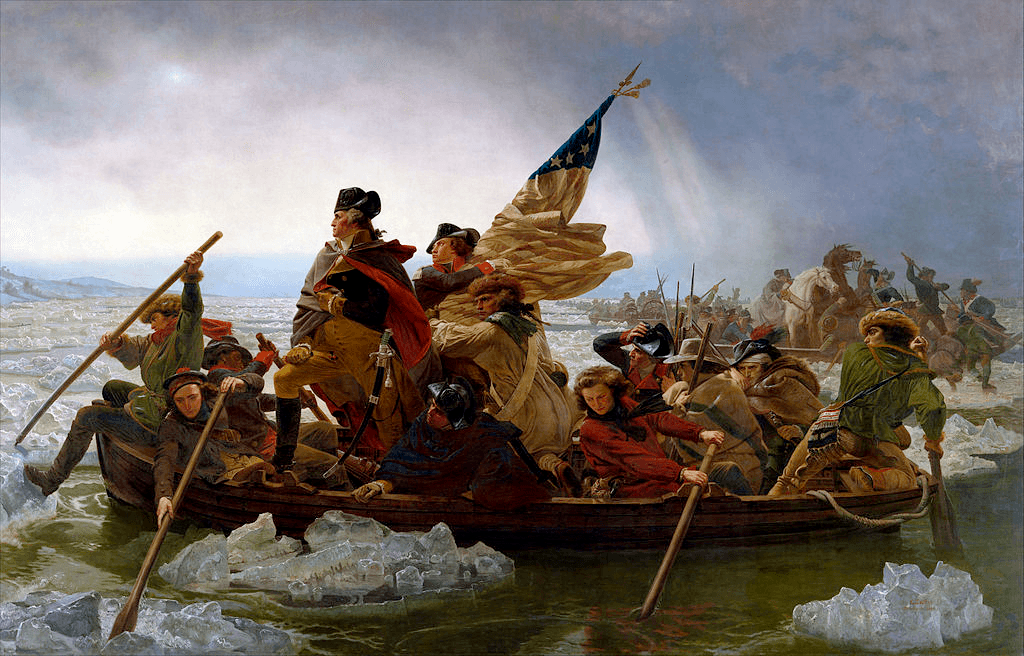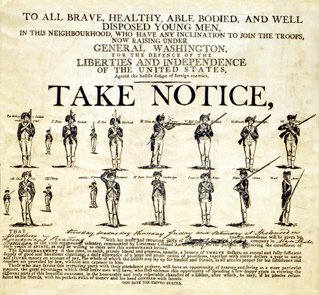
Born a British citizen and a former Redcoat, George Washington had, by the 1770s, joined the growing ranks of colonists who were dismayed by Britain’s exploitative policies in North America.
In 1774, Washington joined the Continental Congress as a delegate from Virginia.
State representatives of the Continental Congress did not really want a national army, but the clashes at Concord and Lexington changed their minds. On June 15, 1775, Congress appointed George Washington commander-in-chief. (You can see an actual recruiting poster above.)
Washington had been managing his family’s plantation and serving in the Virginia House of Burgesses when the second Continental Congress unanimously voted him to lead the Revolutionary Army.Washington had been battle-tested veteran in the French and Indian War. His courage and leadership were well established. But in the summer of 1775 there was no American army and there were few men to be found with experience in battle.
On July 3, 1775, Washington officially took command of the poorly trained and under-supplied Continental Army. Somehow, Washington managed to forge a military force that defeated one of the most disciplined and well-trained armies in the world.
The Continental Army was a mixed bag of diversity: Germans, Dutch, Scottish, and Irish, as well as English volunteers took up arms. As many as 10% were African Americans: one Rhode Island regiment was over 50% black.Many Native Americans supported their neighbors. Some volunteered as Minutemen even before fighting broke out. When it did, Native Americans joined the Siege of Boston, and served in New York, New Jersey, Canada and elsewhere.
After six years of struggle and despite frequent setbacks, Washington managed to lead the American army to key victories forcing Great Britain to eventually surrender in 1781. General Washington with a kind of persistence required for the task, never relented, even when it all seemed so impossible.
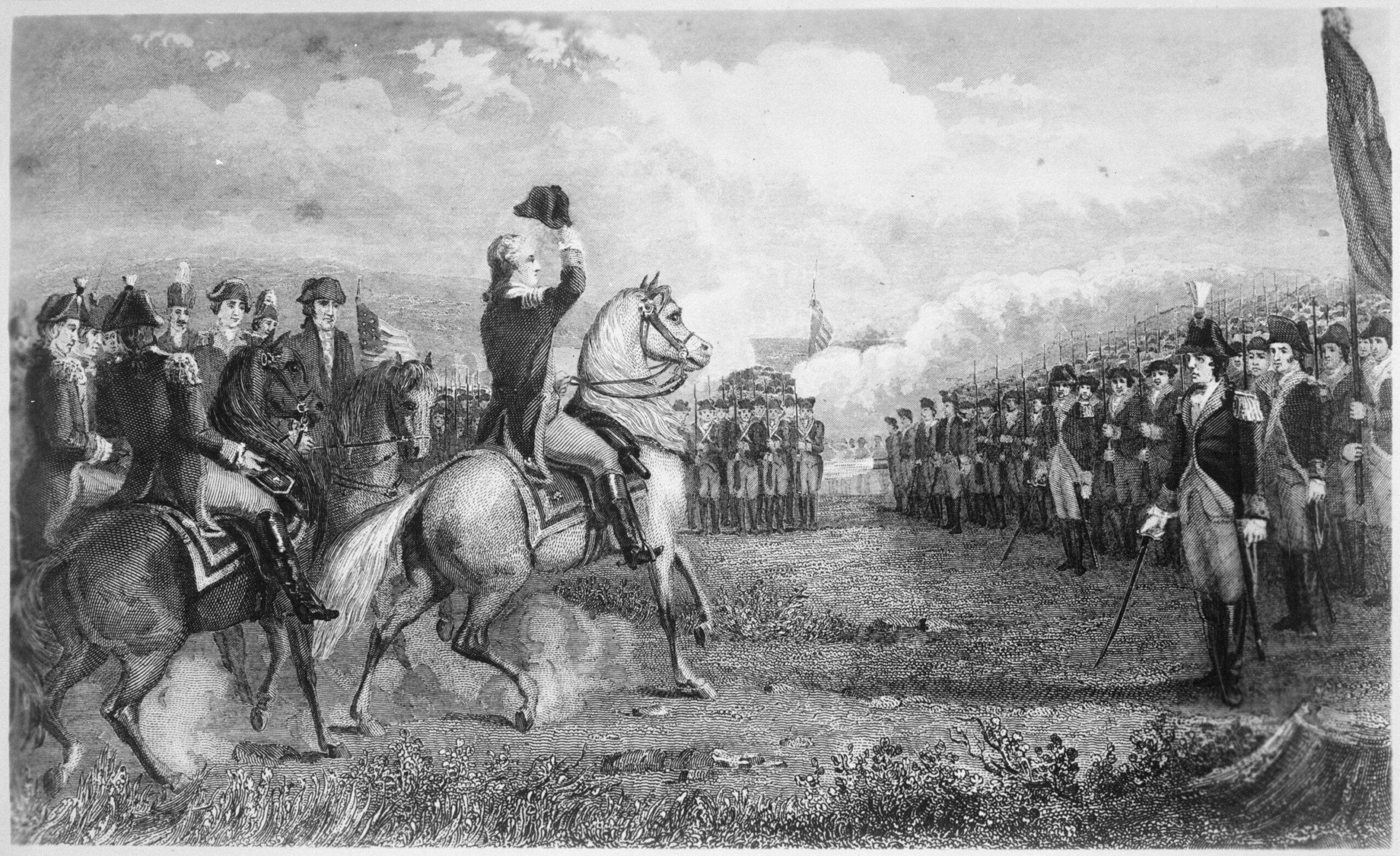
When Washington stepped down as Commanding General in 1783, he wrote: “The unparalleled perseverance of the armies of the United States, through almost every possible suffering and discouragement for the space of eight long years, was little short of a standing miracle.”
Thanks for reading! We hope you enjoyed our post. Please share with all your fellow patriots. Brought to you by: Ultimate Flags


